Cutting and sewing fairies: how Soviet women fashion designers created clothes
'27.01.2021'
Source: Burning hut
The fashion industry was far from being on the list of priorities for the USSR. But this does not mean that she did without talented craftsmen. About four fashion designers from the Soviet Union who left their mark on the fashion world, says Burning hut.
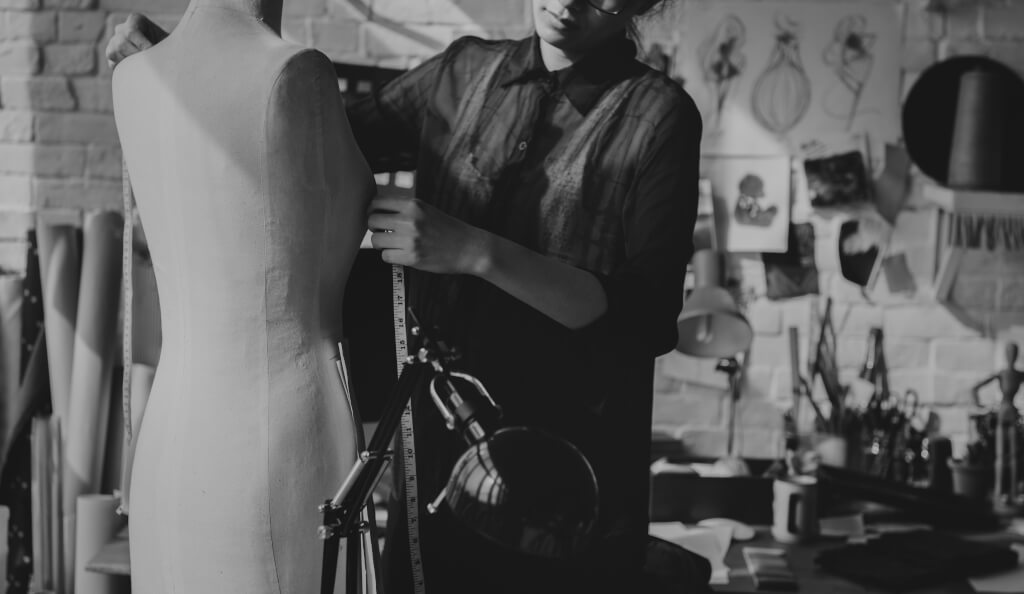
Nadezhda Lamanova
Supplier to the Court of Her Imperial Majesty
A girl from a poor family comes from the village of the Nizhny Novgorod province to Moscow and becomes a famous fashion designer of her time, with whom even the empress dresses. It sounds like the plot of a Hollywood movie, but this is the real story of Nadezhda Lamanova.
The girl was born in 1861 in the family of an impoverished nobleman Peter Lamanov. She was the eldest of five daughters in the family. At the age of 20, after graduating from high school, Nadezhda decided to go to Moscow to find work and support her younger sisters.
In Moscow, Nadezhda entered the school of cutting and sewing, and a few years later she opened her own retail store. Lamanova had good taste and her own approach to tailoring and gained popularity among the merchants and aristocracy.
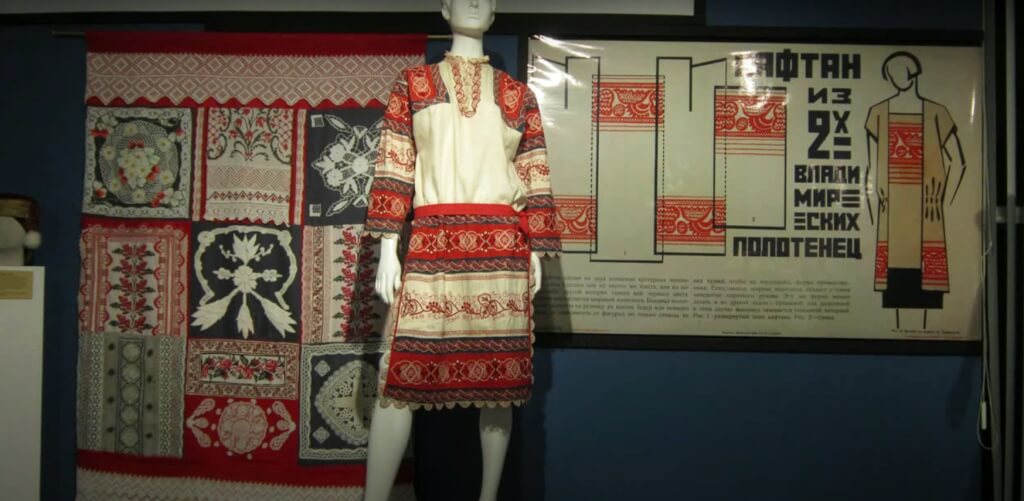
Nadezhda created the costume using the tattooing method - she pinned the fabric with pins in the right position on a person or a dummy. This made it possible to sew an outfit that would fit the customer's figure perfectly. In the process, she could move away from the sketch if she saw that the fabric lays down differently than she would like. This method of work is considered couture - high skill.
In 1904, Lamanova was awarded the title of supplier to the Court of Her Imperial Majesty Alexandra Feodorovna. The wife of Nicholas II appeared at festive events and balls in the clothes of a fashion designer.
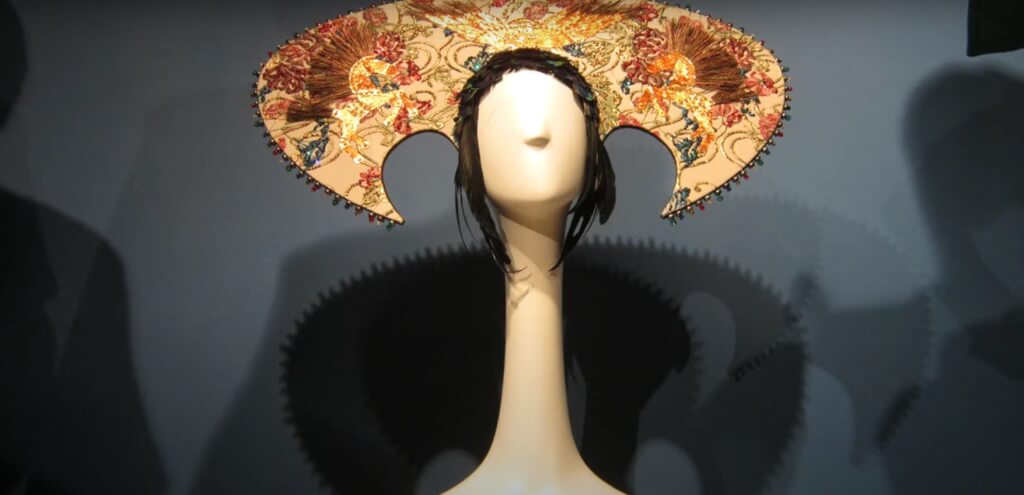
The Lamanova case developed. She built a large house on Tverskoy Boulevard, and about 300 female workers worked in her workshops. But the revolution changed everything. In 1919, Nadezhda Lamanova was arrested for her nobility. She spent two months in Butyrka prison. She was rescued by actress Maria Andreeva, who was a longtime client of Lamanova. She asked her husband Maxim Gorky to stand up for the fashion designer.
On the subject: Silk decorations and 500 liters of perfume: how was the first Dior fashion show in the USSR
Lamanova continued to work. Only now she did not sew dresses for the imperial balls, but clothes "for the wide strata of the population." She managed to keep up with the times and create beautiful clothes of a new type: tight-fitting cropped skirts instead of a long hem and a loose waist instead of corsets. Sometimes she sewed suits literally from scrap materials: embroidered towels or soldier's cloth were used.
The government knew about her talent, so in 1925 her models were sent to Paris for a world exhibition. Later, Lamanova also developed a collection of fur for the exhibition in Leipzig and participated in the New York exhibition in 1929. The designer's works were successful with a foreign public.
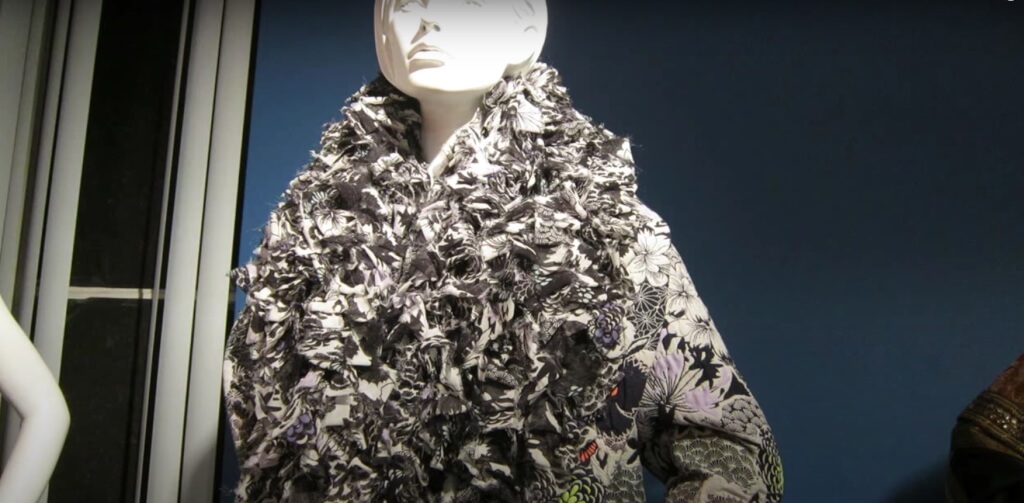
In the 30s, Nadezhda worked at the Moscow Art Theater as a costume consultant and designer. The designer was already over 70 years old, but she continued to work, creating costumes for performances.
Varvara Karinskaya
Inventor of the ballet tutu
Varvara Karinskaya was on the list of people who, unfortunately, our country has lost. She is not fully considered a Soviet fashion designer, although she worked for some time in Moscow. The talented entrepreneur and future Oscar winner, in whose costumes Marlene Dietrich starred, left the USSR when her haute couture atelier was turned into a flag-making factory.
Varvara grew up in the family of a rich Kharkov textile worker, Andrey Zhmudsky. It was the end of the XNUMXth century, Varvara was a wealthy heiress, was fond of sewing and art and studied law at Kharkov University.
On the subject: The brainchild of the Stalin era: how the 'Book of tasty and healthy food' became the kitchen bible in the USSR
At the age of 29, she came to Moscow with her husband, the famous lawyer Nikolai Karinsky. Varvara hosted secular evenings attended by artists and aristocrats. It seemed that the beautiful life of Karinskaya ended with the revolution. Her husband emigrated, and the woman stayed with her daughter and little nephew in the Soviet Union.
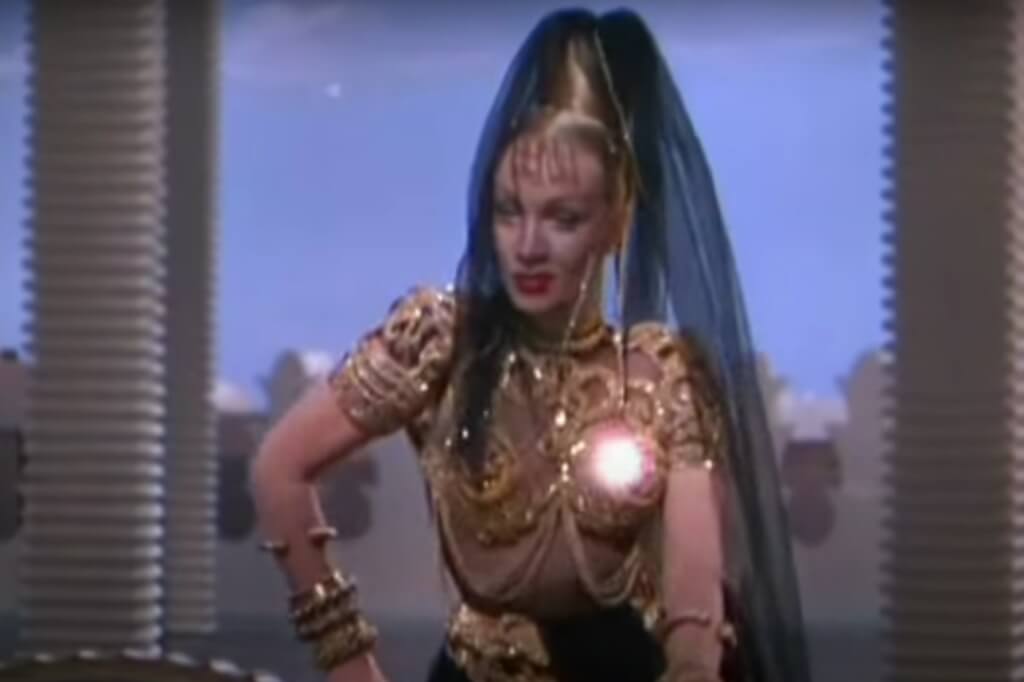
But for the time of Lenin's NEP, Karinskaya was able to get a good job.
With money from family jewels, Varvara opened a Tea Salon, where Moscow artists, officials and intellectuals gathered. She also remembered her sewing skills and opened an atelier at the salon for tailoring clothes and hats for the wives of the Soviet elite. Later, a sewing school for the proletariat appeared at the studio.
After the NEP, the government nationalized Varvara's enterprise, turning it into a factory for the production of Soviet flags. Then Karinskaya decided to emigrate and in 1924 she went abroad under the pretext of organizing an exhibition of the works of her students in Europe.
On the subject: The most scarce things in the USSR: what Soviet women were hunting for
Wherever Varvara Karinskaya was, she opened her own atelier. After Moscow, her enterprise appeared in Paris, and then in London. Only from everyday wardrobe Karinskaya went into theatrical fashion. She created costumes for the Russian Ballet of Monte Carlo and quickly became a sought-after artist.
On the eve of World War II, Karinskaya moved to New York and reopened her enterprise: a studio-shop of ballet costumes Covent Garden... Karinskaya also designed costumes for Hollywood films and won an Oscar for her work on the 1948 film Jeanne d'Arc.
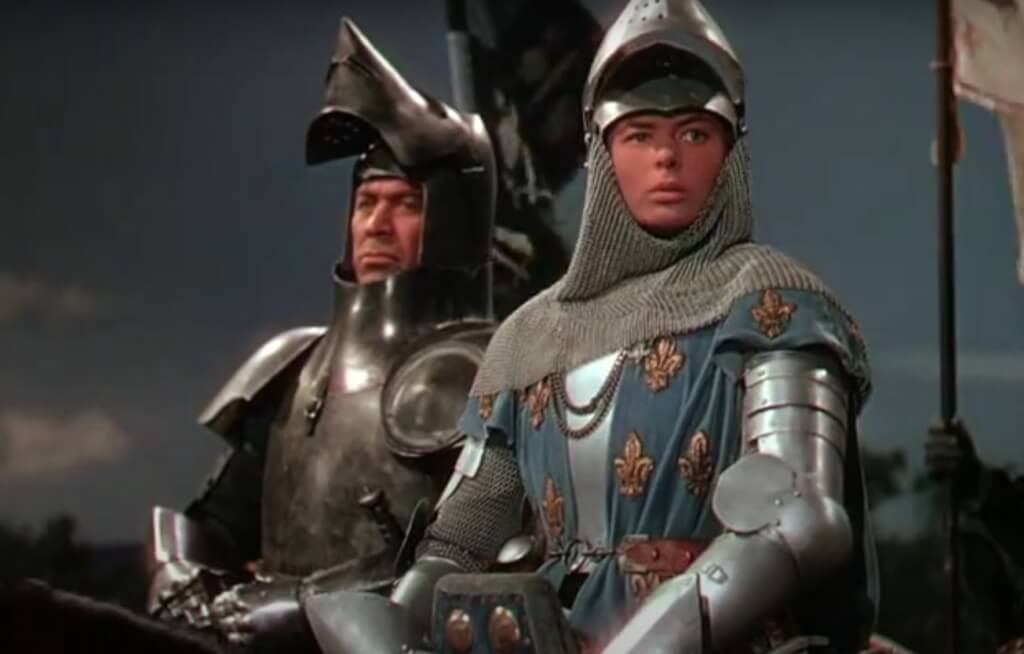
Label KARINSKA Stage and Art Inc. sewed outfits for ice shows, musicals, theater, cinema and the most important thing for Varvara - ballet.
The designer abandoned the use of hoops and knitting needles, which made ballerinas' costumes bulky. Instead, she sewed soft layered skirts that did not interfere with the dancer's movements, while beautifully highlighting the waist and legs. Later, Varvara created a short version, reinforcing the skirt with horsehair. The skirt assumed a position parallel to the floor without any starch.
Alla Levashova
The reformer fashion designer who sewed clothes for everyone
Thanks to Alla Levashova, Soviet women were able to buy themselves evening dresses, trousers and beautiful home clothes. The fashion designer was one of the first to bring Soviet fashion from catalogs to store shelves.
Alla Levashova was born in 1918 in Moscow. Everyone in the family chose creative professions, except for his father: he worked as a statistician. Alla's mother was a painter, her sisters were an architect and a watercolorist, and her brother became a children's writer.
On the subject: From zero demand to scarcity: why there was no toilet paper in the USSR until 1968
In 1941, Alla graduated from the Moscow Textile Institute. Already there, she took the initiative: thanks to her, a department of fashion designers was created at the institute. After her studies, Levashova worked for several years as a production designer at the Stanislavsky Moscow Opera and Drama Studio. And then she came to the All-Union Model House, where her career began.
Alla combined elegance and simplicity in her models. The designer's works were printed in magazines and demonstrated at exhibitions. But Levashova was not satisfied that exclusive collections were sewn according to her models, which did not reach stores. And for the population, Soviet industry produced boring and rather mediocre clothes.
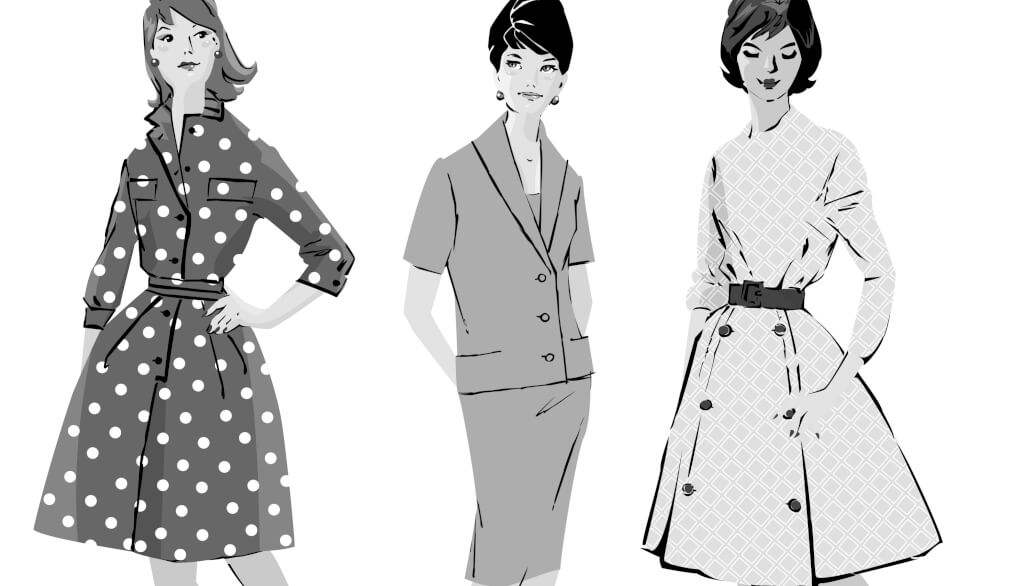
Levashova wrote articles in which she said over and over again that Soviet fashion designers should create clothes for everyone. They listened to her voice, and in the 60s they established a Special Artistic Design Bureau (SKhKB). Alla Levashova became its director and artistic director.
It was then that Alla put into motion all her ideas. She hired fashion designers who could create models for a wider industry — interesting in detail but simple to execute. Levashova used the one-piece method for production, which made it possible to quickly update the collections. Clothes were sewn at local textile factories and accessories industries. A few years later, Alla Levashova made sure that SKhKB transferred two Moscow factories. There, collections were sewn in small batches for prompt sale.
On the subject: The Queen's Favorite Bag: An Accessory That Elizabeth II Has Never Been Cheating For 60 Years
Clothes of the SKhKB were decorated with embroidery, appliqués, artificial pearls and unusual prints. The bureau employed not only fashion designers, but also graphic designers. One of the employees of the enterprise was Mikhail Shvartsman, an artist of the second wave of the Russian avant-garde. Some types of clothing were first mastered thanks to Levashova, for example, evening dresses and women's trousers. Previously, they were only made to order. SKhKB produced trapeze dresses, pajamas, home clothes, quilted coats.
SHKB even collaborated with the fashion house Dior. Levashova personally met in Paris with Yves Saint Laurent, and the designers of the SKhKB began to receive patterns from the fashion house.
Alla dreamed of opening a chain of SHKB stores, where they would sell the most interesting things and track the popularity of collections with buyers. But a serious illness prevented her from implementing her plan. After the death of the fashion designer, the bureau began to fade quickly.
Vera Aralova
Zipper Boot Maker
Parisians will remember the Russian show in 1959 for a long time. Tall models in luxurious fur coats and capes, decorated with Pavlovo Posad painted scarves, came out to the public. But the most interesting thing was the girls' shoes. Red fitted boots with a heel with a zipper. This has never been seen in the fashion world. They were nicknamed "Russian boots". The author of this work was Vera Aralova, a Soviet fashion designer and head of the Fashion House.
It was under her leadership that the first collection for a foreign public was prepared. Vera Aralova decided that furs would make a bigger impression than discreet work clothes. But there was a question with shoes. Aralova did not want to combine shoes with a fur coat, and the boots looked too rough and bulky.
On the subject: Looks like a teenager: 70-year-old designer Vera Wong impressed with a youthful look
It was then that Vera developed a new shoe model. She narrowed the boot shaft and sewed in a zipper. The idea was purely practical: so that the girls could quickly change their shoes during the show. But after a few years, all European women of fashion began to wear “Russian boots”.
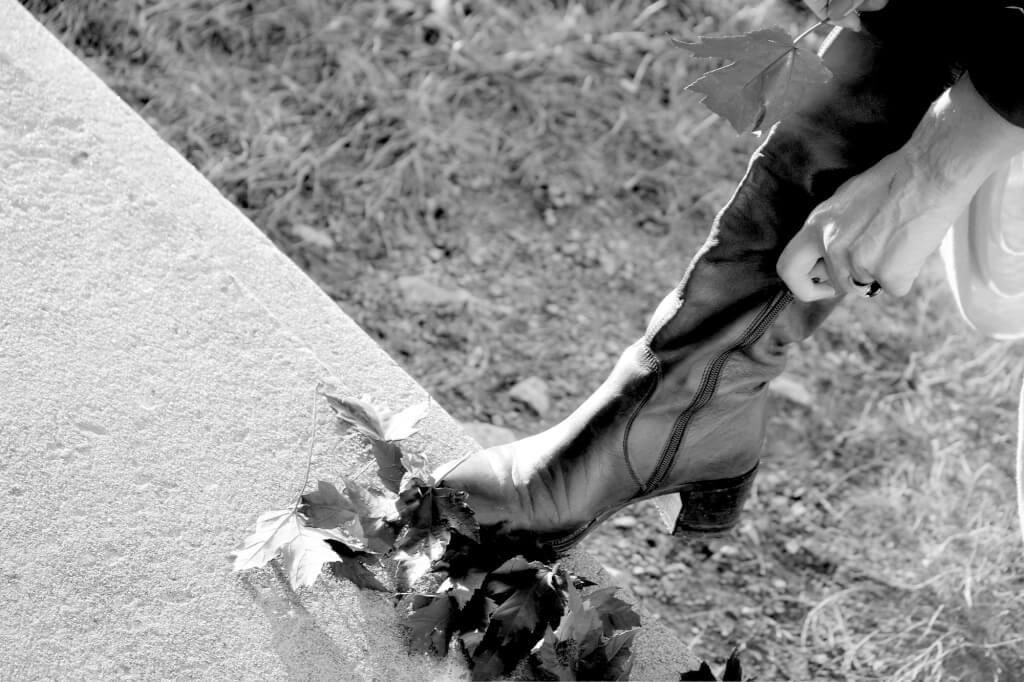
Unfortunately, neither photos from the show, nor those boots have survived. Vera Aralova herself could hardly be called an innovator. In 1948, she became the head of the All-Union House of Models on the Kuznetsky Most in Moscow. Under her leadership, simple and practical models of clothing were developed, mostly working. In addition to working as an artist, Aralova was a member of the editorial board of the "Fashion Magazine" and "Fashion of the Socialist Countries" publications. She supervised their work and wrote articles about Soviet fashion herself.
According to the recollections of colleagues, Vera Aralova had a kind character. She often supported young fashion designers and helped fashion models by recommending them to fashion editors. She also discovered one of the most famous Soviet fashion models in the world, Regina Zbarskaya.







